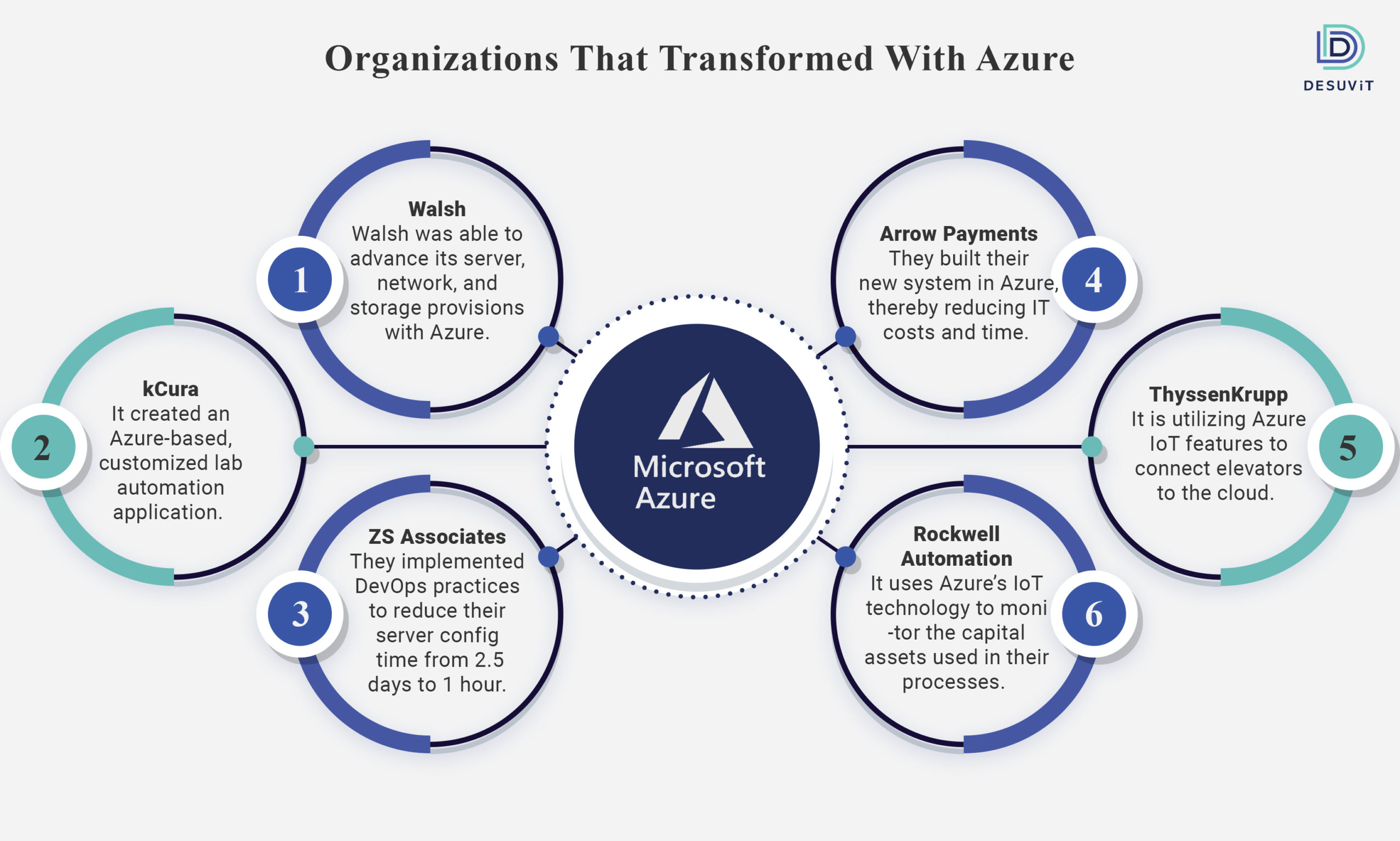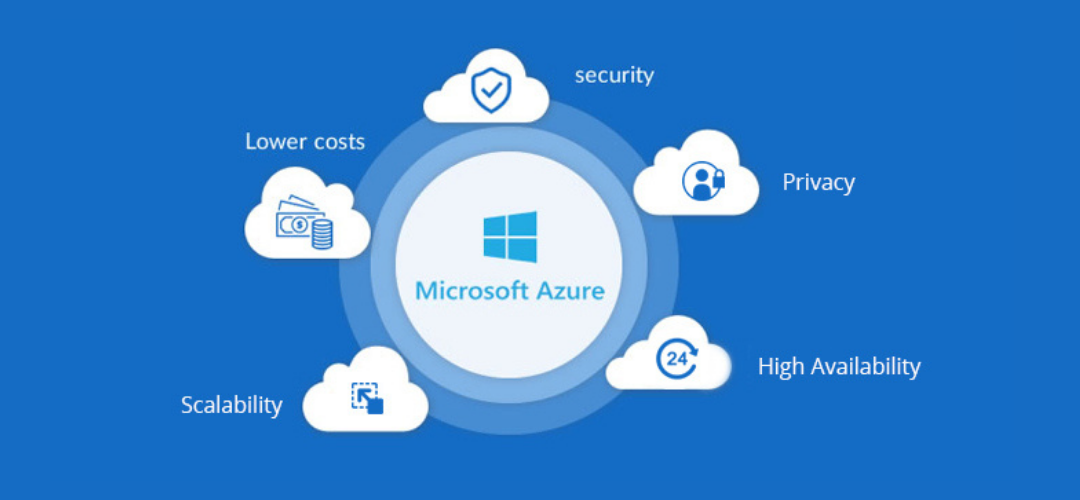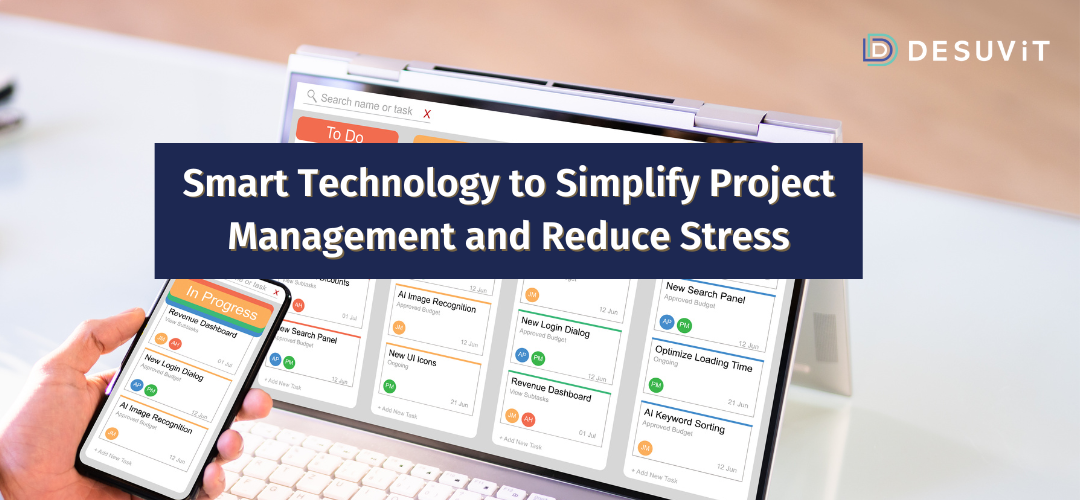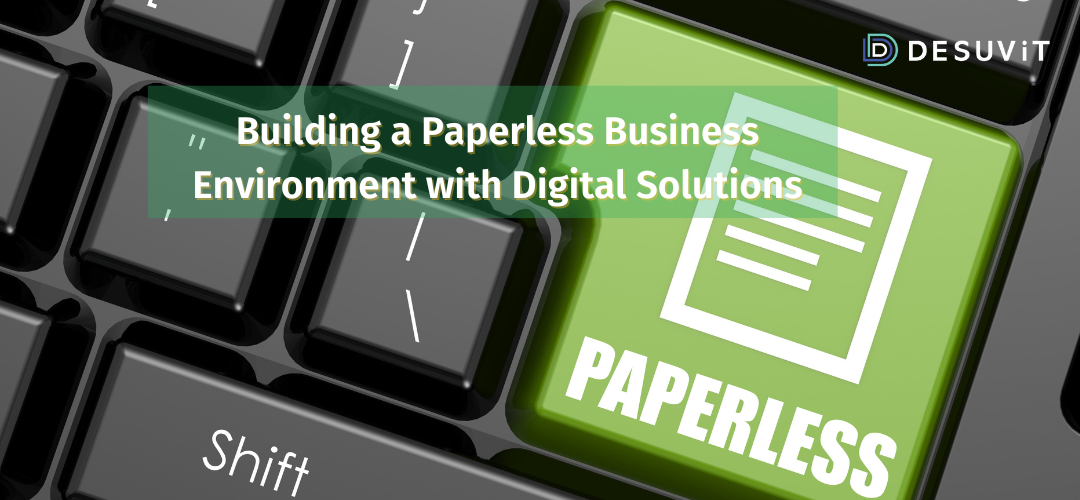Many organizations turned to digital transformation during the pre-and post-pandemic phase to optimize IT infrastructures and modernize business processes.
In addition to data analytics, automation, and orchestration, cloud computing services have become crucial for organizations.
In the 2020 State of Application Services report by F5, about a third of respondents stated they would migrate half of their applications to the cloud as they reach the end of 2020. The ongoing coronavirus pandemic has accelerated the cloud migration process.
In 2021, F5 reported about half of their respondents already accelerated to the public cloud and redistributed the workload to support their remote workforces.
Should You Migrate from Google Cloud to Azure?
Considering the migration from Google Cloud to Azure depends on the services you would want to use. Migration at the VM level is quite convenient if you have the right tools and are not dependent on any platform-specific services.
However, you might need some coding work done if you depend on Google Cloud Functions and Google App Engine.
Microsoft came up with a platform for migrating virtual machines to Azure with Azure Migrate. Previous versions solely function around on-premises servers, but now, it supports cloud-to-cloud migration.
Azure Migrate comes with the following four stages or tools:
- Assessment of Server
- Migration of Server
- Assessment of Database
- Migration of Database
The first step is to calculate your scope of migration. The Planning Toolkit, Microsoft Assessment, and Server Assessment help you discover the right server for your infrastructure.
After that, you can determine your Azure requirements.
With Azure Server Migration, you can move to an isolated test environment to fix and identify any dependencies before launching.
Fuel Your Business Growth with Microsoft Digital Transformation Solutions
Companies looking to fuel their business growth can consider using the digital transformation solutions by Microsoft. The top brands like Maersk or Starbucks have leveraged Microsoft products for overall transformation.
- UBS: The largest asset management company in the world migrated to Azure cloud to run their risk management platform.
- Maersk: The Company ships about 17 million containers in a year. It used the Azure IoT services to maintain smooth and effective supply chain management.
- Starbucks: Using multiple Microsoft services, it aims to improve sequence orders, decrease wait times, and customer experience. They use Azure Blockchain for cost-effective practices.
One-Stop solution for Digital Transformation by Azure
Azure is the best cloud computing solution by Microsoft, which every business requires for digital transformation and digital adoption.
It includes the following solutions:
- Mixed reality
- Mobile
- Internet of Things
- Cybersecurity
- DevOps
- Machine learning and AI
Some Digital Transformation Examples
There is no one-size-fits-all approach to business solutions. Each business can make use of Azure products and enjoy customized solutions. Some examples are:
- IT modernization: Businesses can use Azure solutions to modernize the IT department.
- Customer enhancement, experience management, and analysis: Azure solutions can transform or optimize particular business functions like customer care.
- Analytic and data solution implementation: It will include business intelligence and marketing analytics, among other Azure analytics.
- Cloud Migration: It’s a transition to pay-as-you-go cloud computing from physical data centers.

Complete Transformation of Your Business with Azure
The companies have employed cloud technology in their business operation. However, they are yet to achieve meaningful transformation. Therefore, companies require a complete mind shift.
Six Ways Companies can Transform with Azure Cloud
Today, companies are exploring ways to embrace the meaningful transformation in the Azure Cloud fully. Some of the achievable goals are cloud-driven analytics and the Internet of Things (IoT), applications to feature adjustable connections between users and systems, and fully scalable infrastructure.
Let’s discuss the six areas providing exceptional opportunities for effective business transformation.
1. Extending the Existing IT
IT organizations can help provide responsiveness and flexibility that business demands. In this, the cloud enables you to meet the challenges by functioning as a multiplier and extension for in-house IT capabilities.
When you extend IT with the cloud, you have exceptional compute power or additional data storage. Thus, the Cloud helps to run your companies’ operation at a faster rate while being responsive to the changes in the market.
From here, companies shift to a hybrid cloud strategy.
How Extending IT capabilities are made possible with Azure Cloud?
You can extend IT with Azure using the following methods:
- Leverage Cloud for Disaster Recovery: You can obtain instant value from the cloud with disaster recovery. It makes an ideal starting point towards a hybrid cloud approach.
- Building Dev/Test Environment in the Cloud: It creates a cost-effective and responsive environment that is convenient to manage and use.
- Migrating Workloads to Cloud: You can evaluate the existing IT workloads to understand what needs to be moved to the cloud.
2. Creating Innovative Applications
Modernizing existing applications and developing cloud-native applications in Azure creates a direct route for meaningful cloud transformation. Moreover, you can develop highly scalable applications and deliver them to your users with agility and speed.
How are Creating Applications made possible with Azure Cloud?
Azure makes it possible by the following methods:
- For continuous delivery, the cloud help provides streamlined capabilities and features to the software. When Azure cloud services and Continuous Delivery are combined, your software is quick to deliver with less risk and lower cost.
- Platform-as-a-Service is a part of Azure that offers a pre-existing framework that allows developers to reduce custom code requirements and build applications.
3. Achieving Azure DevOps Nirvana
If you want to free your application from different platforms, you can use Azure DevOps. When combined with the Azure cloud, it offers scalability and flexibility. A DevOps lets you control the full application life cycle from project management, requirement management, automated builds and release management.
It lets you transition easily even if you arent using end-to-end Microsoft applications.
Azure DevOps is flexible, works with several platforms, and is cloud-agnostic. You get to use the latest features with constant upgrades and it’s a reliable application.
How is Azure DevOps used?
Azure DevOps breaks down the barrier between IT operation and development teams. Azure DevOps includes specific tools to support you:
- Azure helps to use major infrastructure operations tools with ease and convenience required for DevOps practices.
- It gives automatic updates, saves time with Microsoft managing all the maintenance, and accesses information from any device from anywhere.
- Azure DevOps gives you access to other Microsoft development tools too.
4. Building Business with Cloud
Small or big businesses are embracing the integration of the cloud to build your business quickly and pivot the business model.
Cloud platforms provide a platform that includes packaged productivity software, development capabilities, and infrastructure. Further, it’s the most cost-effective solution for any small business or start-ups to add or launch new products in the market.
How is Building business made possible with Azure Cloud?
About 40% of Azure revenue gets directed from ISVs and start-ups, as per Microsoft. The companies are adopting Azure cloud because it is available from any provider, which encompasses SaaS, IaaS, and PaaS.
Furthermore, Azure provides cost-effective compute power and raw storage to these newly expanding companies.
5. Leveraging Big Data
You can store and analyze big volumes of data in the cloud. Thus, it expands the company’s ability to access users across the world. Now, organizations do not have to install or buy servers from time to time to support analytic workloads.
Thus, Azure can create limitless opportunities for analyzing and storing data to enable innovative thinking.
How is Leveraging data made possible with Azure Cloud?
With Azure, you can improve your organization’s analytical and business intelligence capabilities for a cost-effective and high-speed environment.
- Creating user-friendly tools for sharing and visualizing data while identifying correlations and patterns.
- Proving and building predictive models to deploy them in the cloud.
- Begin the query within a minute to create a data warehouse.
- Store and collect big data at the lowest possible cost.
6. Connect with the Internet of Things
Cloud can allow convergence of people, processes, data, and devices to function, automate operations and gain insights into the Internet of Things (IoT).
IoT helps connect real-time data with existing operational data from devices to generate automated critical business processes and powerful business insights.
For IoT, you need to follow two key capabilities:
- Capability to ingest data from applications and devices
- Capability to run real-time queries for data visualization while the data is being ingested.
Cloud technology helps function both the capabilities of IoT.
How is IoT made possible with Azure Cloud?
Azure Cloud addresses different phases of IoT implementation, which includes:
- Visualize and Analyze: Generating real-time insights to execute and identify revenue-generating and cost-saving business opportunities.
- Manage and Monitor: Creating management processes for data collection and devices
- Store and Gather: Ingesting data in real-time from devices.
- Configure and Connect: Connecting devices for data collection.
Final Thoughts
Since the COVID-19 pandemic, digital transformation has accelerated in the workplace. It’s imperative that organizations must move to the cloud. So, companies can accelerate the digital transformation by migrating to Azure Cloud.
It will help organizations to retain competitiveness while unlocking flexibility and resilience.
Desuvit will help you accelerate your migration to Azure cloud without compromising the security and lessening the impact on the environment.
Contact us for more detailed information and peace of mind as our expert team is working 24/7 during the transformation.
Desuvit is a Norway-born software development company delivering Custom Software Development, Mobile Apps, and Web Applications Development for various verticals and business domains. We offer end-to-end solutions for companies with no software or IT division, Startups, and companies that need to scale their software development efforts but lack the expertise required. We help our clients in growing their businesses so we can grow with them. Some of the technologies we work with: .Net, Azure, Microservices, Azure functions(Serverless computing), React Native, Flutter, React JS, TypeScript, Angular, NServiceBus, Azure Service Bus, Azure Queues, SQL Service, MySQL, Cosmos DB, etc.
Enjoyed this article? Subscribe for more valuable and great content !
By subscribing, you agree with our privacy policy and our terms of service.






